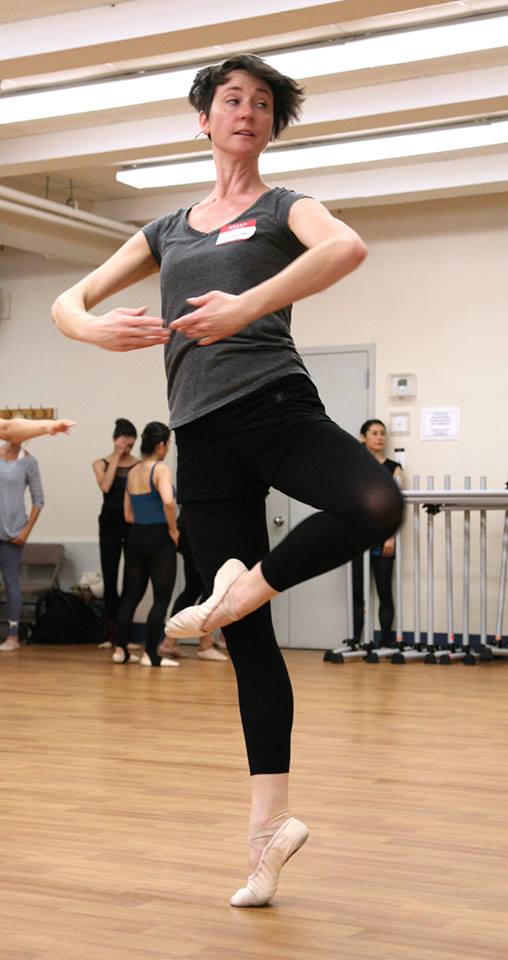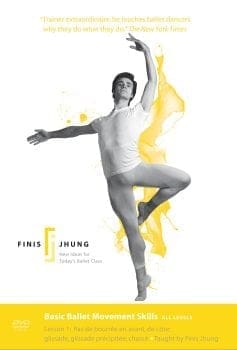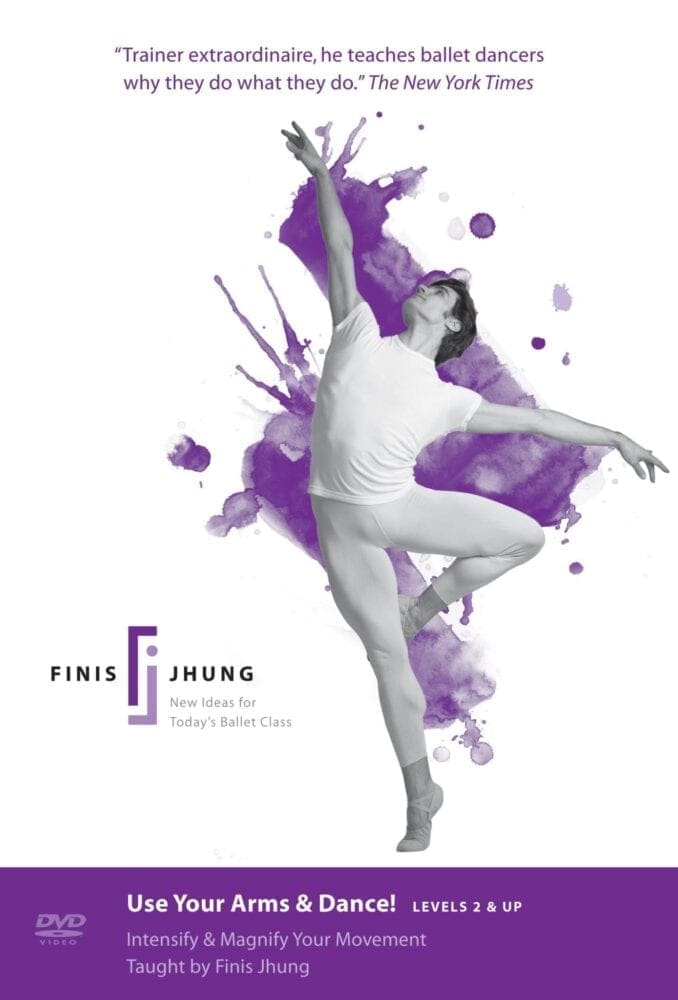In almost every class I teach, I find myself reminding my students “Don’t be in such a hurry to fall over,” or “Remember, you can’t turn faster than you can fall!”
What I mean is that they should slow down the closing of their arms and make sure that they go to “the end of the plié.” If students don’t know how to make an almost-isometric plié, their feet and legs are relaxed. Not having a muscular connection from the supporting toe to the supporting hip, students are forced to pull up out of the plié. They lift their bodies up by pulling their arms in. They depend on the inward closing movement of the supporting arm. When I see students do this, they look very tense and appear to be dancing “on top of the floor.” They look like they’re following their arms, because all of their energy and weight is in their arms instead of in their supporting legs and feet.
Excerpted from my book “The Finis Jhung Ballet Technique: A Guide for Teachers & Students”








